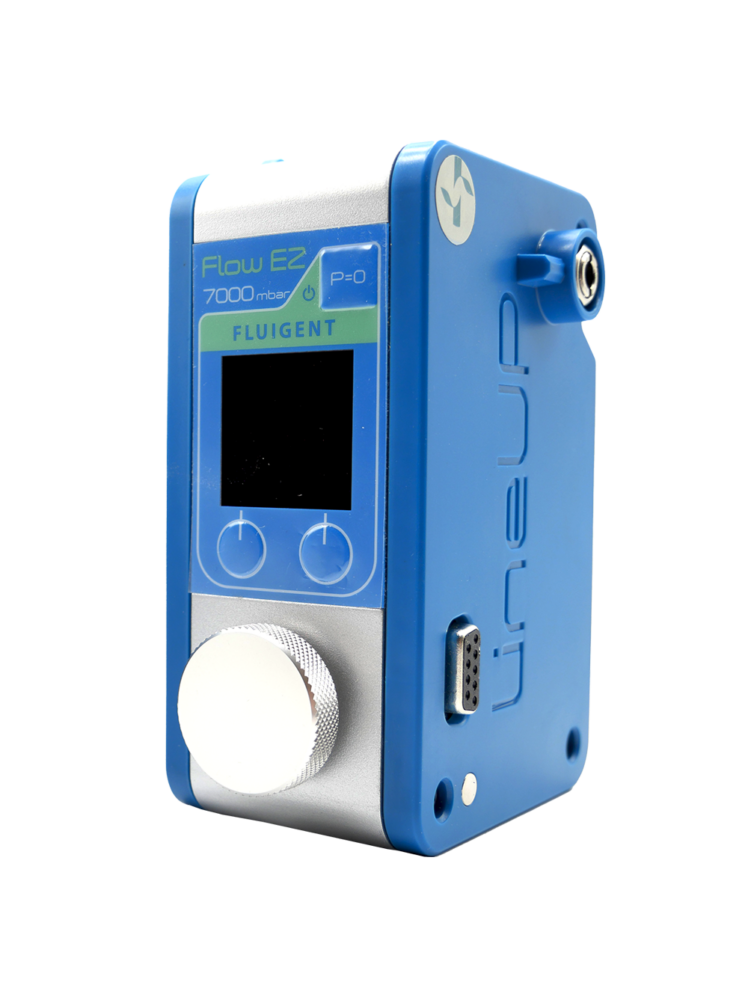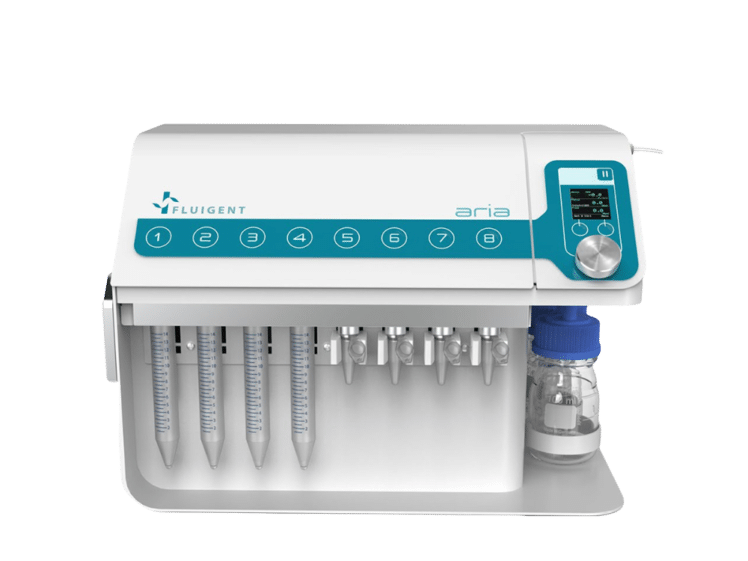Simple fitting & connections
Double channel Microfluidic chip for hypoxic cell culture
[OOC-DBLE-08]Be-DoubleFlow
Explore the crosstalk between different 2D and 3D cultures.
Be-Doubleflow is Beonchip’s most advanced double channel microfluidic chip. It consists of two perfusable channels connected via a porous membrane. Explore the crosstalk between different 2D and 3D cultures in a biomimetic environment and control the efficiency of the interaction by selecting the optimal pore size for your application. This is the optimal on-chip hypoxic conditioning microfluidic chip when hypoxic conditions are needed for cell culture, for studying the effect of circulating particles (bacteria, immune system, circulating tumor cells) and for endothelium/epithelium barrier when no Air-Liquid Interface (ALI) is needed or when flux plays a role in both sides of the coculture.
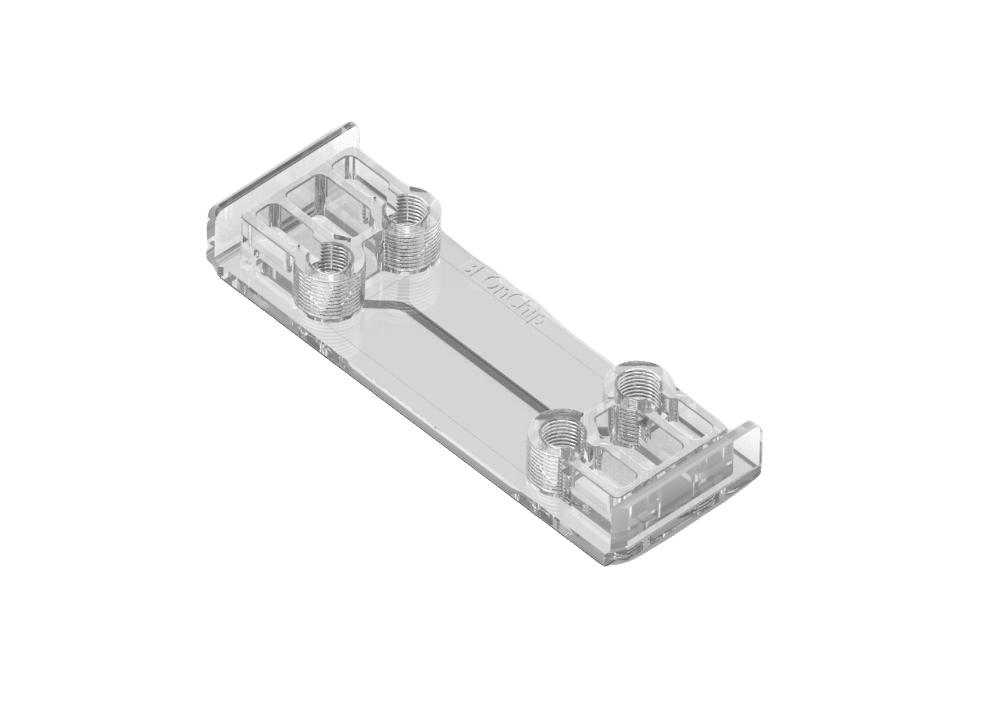
- Easy to use
- Biomimetic environment
2D and 3D culture
- Sterile
Dedicated to cell biology
Be-DoubleFlow Features
Easy to use
Beonchip device is compatible with any type of optical microscopy and its slide format has been chosen for easy handling under a microscope.
Easy to connect
Be-Doubleflow is compatible with all Fluigent pressure-based flow controllers
No unspecific absorption
Unlike in other PDMS devices, the double channel microfluidic chip is made of lipophobic thermoplastic materials and does not present unspecific drug absorption issues. It allows immunohistochemistry with fluorescent detection
Cell recovery
The cell cultures used in the chip can be easily recovered for further experimentation.
Related applications
2D and 3D Culture models used with the BEOnChip device
Crosstalk between neighboring cells underpins many biological processes, including cell signaling, proliferation and differentiation. With this chip, users can explore the crosstalk in the endothelium epithelium barrier under flow in both channels of the device, mimicking a more physiological environment for the study of different organs such as kidney, liver, gut, or heart, among others.

Hypoxic cell culture
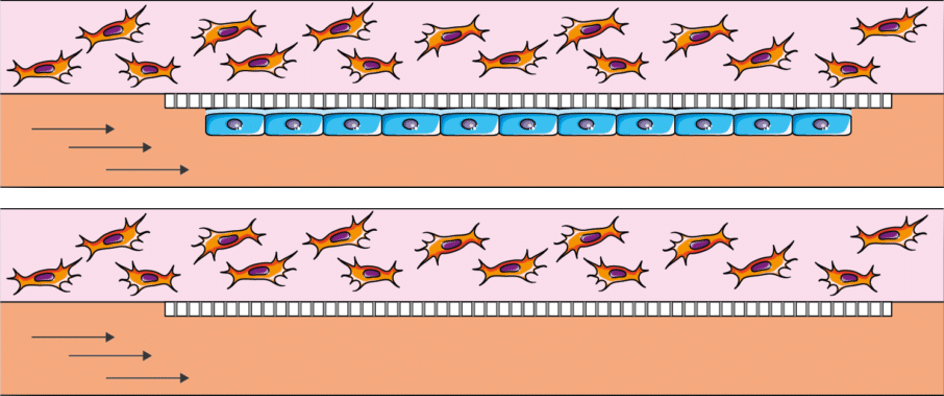
Hypoxia is defined as an insufficient supply of oxygen to body tissues and cells. It plays an important role in various physiological processes and human diseases. As a result, it is an essential subject of experimental study to discover its underlying mechanisms and to create and evaluate treatments for hypoxia-related conditions. As animal models in living organisms cannot fully reproduce certain essential aspects of human physiology, attention has turned to human cell cultures. However, it is important to note that these cultures can introduce biases, particularly when the oxygen concentration around the cells (partial pressure) does not faithfully reproduce the dynamic oxygen conditions found in living organisms. Using the double channel microfluidic chip in combination with Fluigent equipment ensures good mimicking of the in-vivo environment. [1]
In fact, it can combine 3D and 2D cultures in a hypoxia environment where oxygen is supplied to the cells via the medium flowing in one of the channels.
It is also possible to research the effect of circulating particles such as circulating tumor cells, immune system cells, bacteria, fungi, viruses, and many more in single cell culture, or in a complex coculture. For example, the dissemination of circulating tumor cells (CTCs) from primary tumors following metastasis – which then spread to lymph nodes and blood – has been considered an important marker for early cancer diagnosis, demonstrating the importance of studying these CTCs. [2]
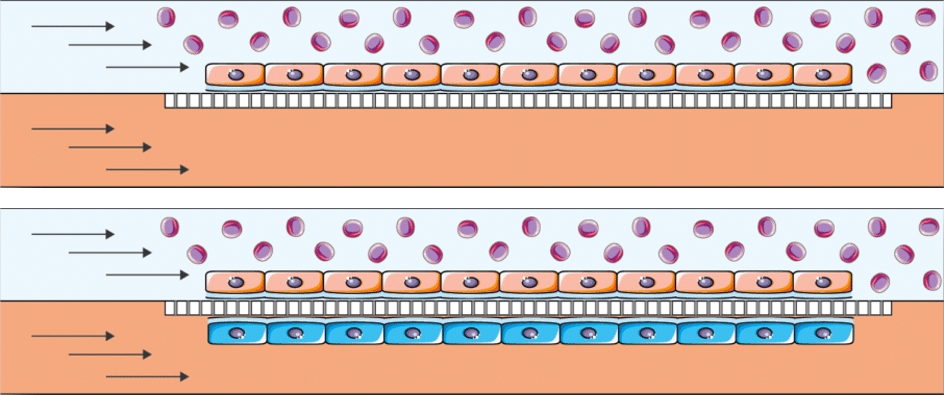
Be-DoubleFlow applications
This chip allows endothelium/epithelium barrier coculture where hypoxic conditions for cell culture are needed or when flux plays a role also in the epithelium culture (Kidney, liver, heart, lung, gut…). In addition, its two perfusable channels offer a perfect environment for studying the effect of circulating particles (bacteria, immune response, circulating tumor cells).
Example applications
Kidney on chip: The coculture of HPTC cells and vascular endothelial cells clearly improves the performance of the HPTCs and increases the maintenance of the renal epithelia in vitro. By using the double channel microfluidic chip, it is possible to coculture both types of cells simultaneously, circulating urine on the renal epithelium culture and blood-like medium in the vascular culture. [3]
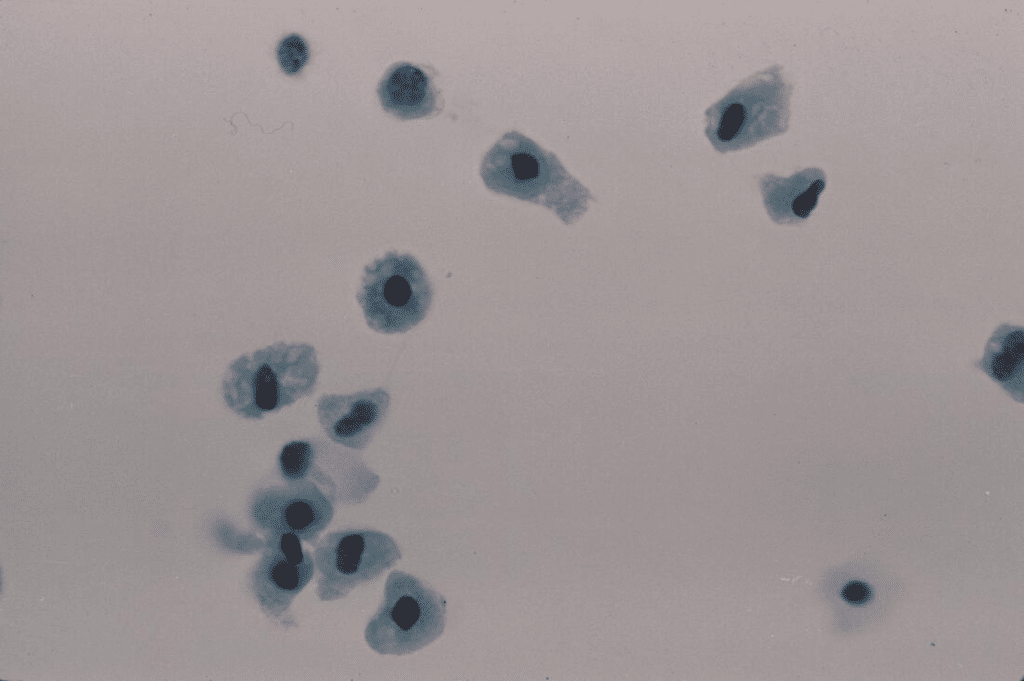
Gut-on-chip: The gut plays a crucial role in fundamental processes such as digestion and absorption, requiring the participation of various cell types. In the context of gut-on-a-chip models, the Beonchip device is well suited to emulating the low-oxygen conditions typical of anaerobic environments in the microbiome. Moreover, microfluidic methodologies offer the added advantage of controlling the structural arrangement of the cultured model. When it comes to intestinal models, it becomes imperative to assess factors such as the movement of molecules or cells, a task for which conventional 2D well plates are not up to the task. The Be-Doubleflow device provides a solution to this problem, featuring a structure in which two distinct cell culture channels are separated by a porous membrane. This configuration facilitates the cultivation of a variety of cell types, and enables assessments to be made of cell transport and uptake processes. [4]
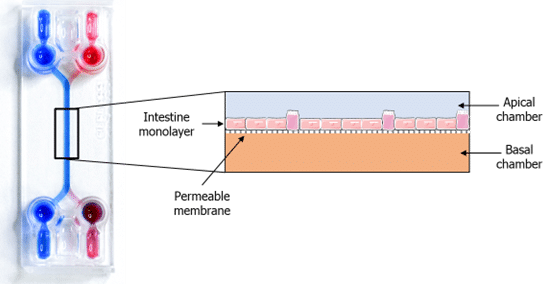
Specifications
PERFORMANCE
| Height | Width | Length | Total volume | |
| Each channel | 375 µm | 1.5 mm | 45 mm | 31.2 µL |
| Inlet/outlet | 7 mm | UNF 1/4″ – 28 | UNF 1/4″ – 28 | 130 µL |
| Medium reservoir | 5 mm | 3.6 mm | 8.8 mm | 185 µL |
| Membrane pore size | 1 µm | 1 µm | 1 µm | 1 µm |
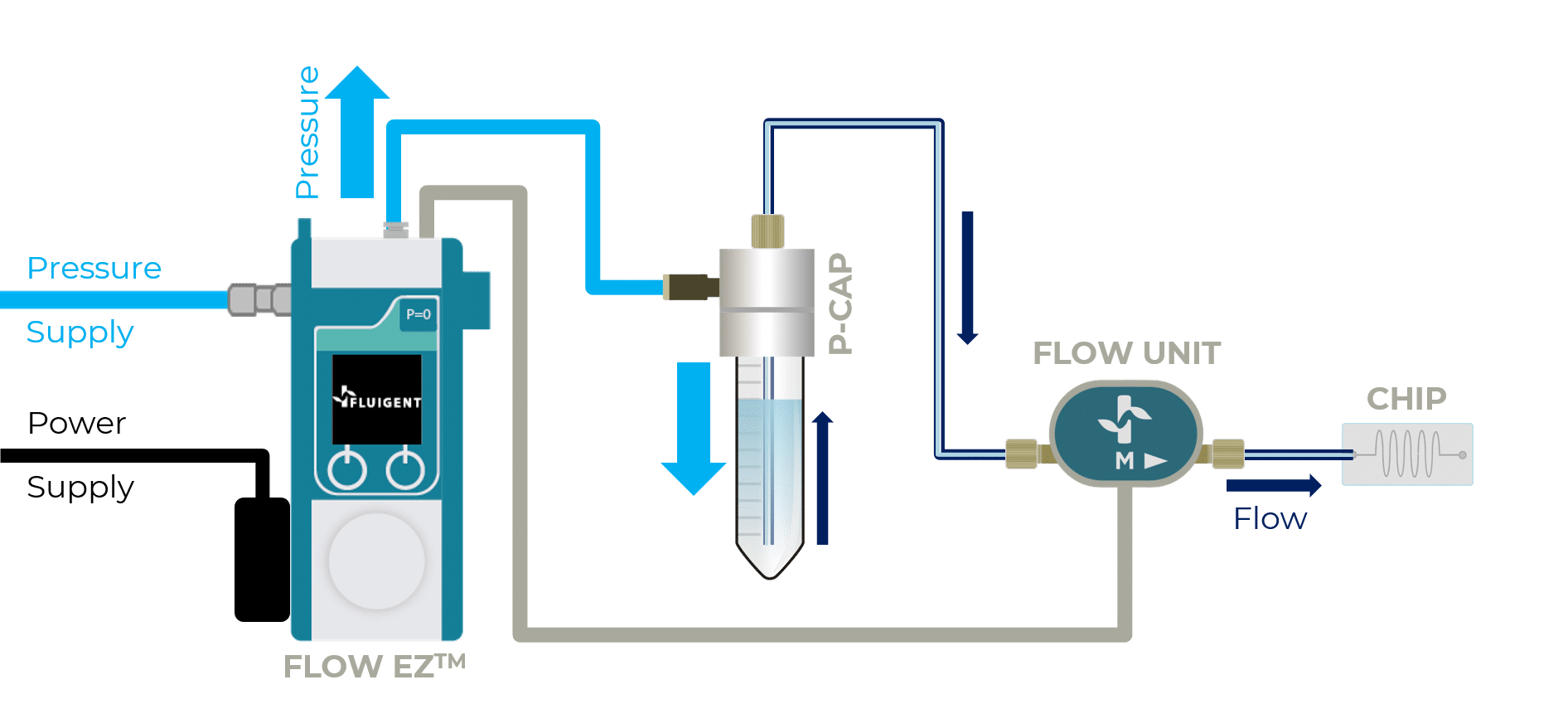
Getting Started
Coating and cell culture
Expertise & resources
-
Microfluidic Application Notes Peristaltic Pump vs Pressure-Based Microfluidic Flow Control for Organ on Chip applications Read more
-
Fluigent Products Datasheets BE-DoubleFlow Standard datasheet Download
-
Expert Reviews: Basics of Microfluidics Passive and active mechanical stimulation in microfluidic systems Read more
-
Expert Reviews: Basics of Microfluidics Application of microfluidic chip technology Read more
Reference
[1] Pavlacky J and Polak J (2020) Technical Feasibility and Physiological Relevance of Hypoxic Cell Culture Models. Front. Endocrinol. 11:57. doi: 10.3389/fendo.2020.00057
[2] Das, U.; Banik, S.; Nadumane, S.S.; Chakrabarti, S.; Gopal, D.; Kabekkodu, S.P.; Srisungsitthisunti, P.; Mazumder, N.; Biswas, R. Isolation, Detection and Analysis of Circulating Tumour Cells: A Nanotechnological Bioscope. Pharmaceutics 2023, 15, 280. https://doi.org/10.3390/ pharmaceutics15010280
[3] Beonchip, Be-DOUBLEFLOW CUSTOM (10 devices per box), BeonchipWebsite, Applications section, https://beonchip.com/product/be-doubleflow-custom/
[4] Beonchip, Be-Doubleflow App. notes: Gut-on-chip 1, https://beonchip.com/be-doubleflow-application-notes-gut-on-chip-1/


